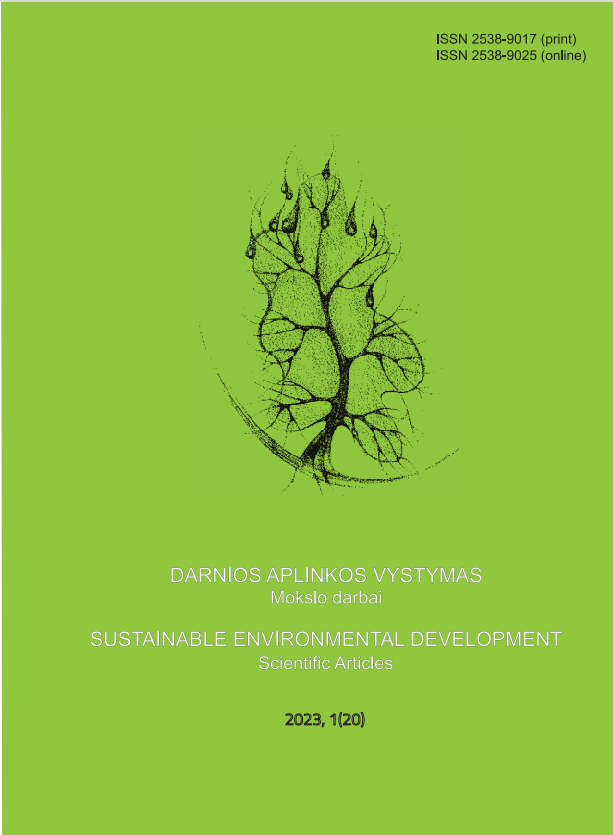ISO tolerancijų ir suleidimų parinkimo skaitmenizavimas
DOI:
https://doi.org/10.52320/dav.v20i1.267Reikšminiai žodžiai:
aktyvūs studijų metodai, mokomoji kompiuterinė programa MATAS, techniniai matavimai, tolerancijos, suleidimaiSantrauka
Aukštosios mokyklos, rengiančios inžinerijos specialistus pramonei, nenorėdamos atsilikti nuo Pramonė 4.0 keliamų reikalavimų darbuotojų skaitmeninei kompetencijai diegia interaktyvias, patirtines edukacines sistemas ir skaitmenines technologijas. Šiame straipsnyje identifikuojamos skaitmeninimo, skaitmenizavimo ir skaitmeninių transformacijų sąvokos. Aptariamos Pramonė 4.0 sąlygotos ateities darbuotojų galimybės išlikti darbo rinkoje, reikalaujančioje skaitmeninių kompetencijų. Svarstomi Švietimas 4.0 iššūkiai, sprendžiantys aukšto lygio specialistų rengimą, studijų infrastruktūros, mokymosi ir ugdymo aplinkų modernizavimo, pažangių (IT ir kitų) technologijų diegimo perspektyvas, dėstytojų skaitmeninių kompetencijų tobulinimą. Straipsnyje pristatoma autorių sukurta mokomoji kompiuterinė programa MATAS, skirta ISO tolerancijų ir suleidimų parinkimui optimizuoti: leidžianti parinkti matmenų nuokrypas, pamatyti tolerancijų laukų išsidėstymo vizualizacijas, rasti rekomendacijų apie suleidimų parinkimą, jų skaičiavimo metodus, taikymą ir žymėjimą brėžiniuose; suteikianti galimybę studentams savarankiškai spręsti techninių matavimų uždavinius arba pasitikrinti gautus rezultatus bei padedanti dėstytojams lengviau organizuoti studijų procesą. Straipsnyje taip pat pristatomos tolerancijų ir suleidimų sistemos, teisinė metodologija, aptariamas nuokrypų klasifikavimas ir normavimas.
Atsisiuntimai
Publikuota
Numeris
Skyrius
Licencija
Autorių teisės (c) 2023 Tytas Savickas, Sigutė Savickienė, Jūratė Vaitekonienė

Šis darbas licencijuotas pagal Creative Commons Attribution 4.0 tarptautinę licenciją.

Atskiri straipsniai yra skelbiami „Open Access“ pagal „Creative Commons“ licenciją CC-BY 4.0, leidžiančią neribotai naudoti, platinti ir atgaminti betkokioje laikmenoje, su sąlyga, kad nurodytas originalus autorius ir šaltinis. Autoriai išlaiko autorių teises į savo straipsnius, tačiau suteikia Klaipėdos valstybinei kolegijai pirmojo leidinio teisę.

